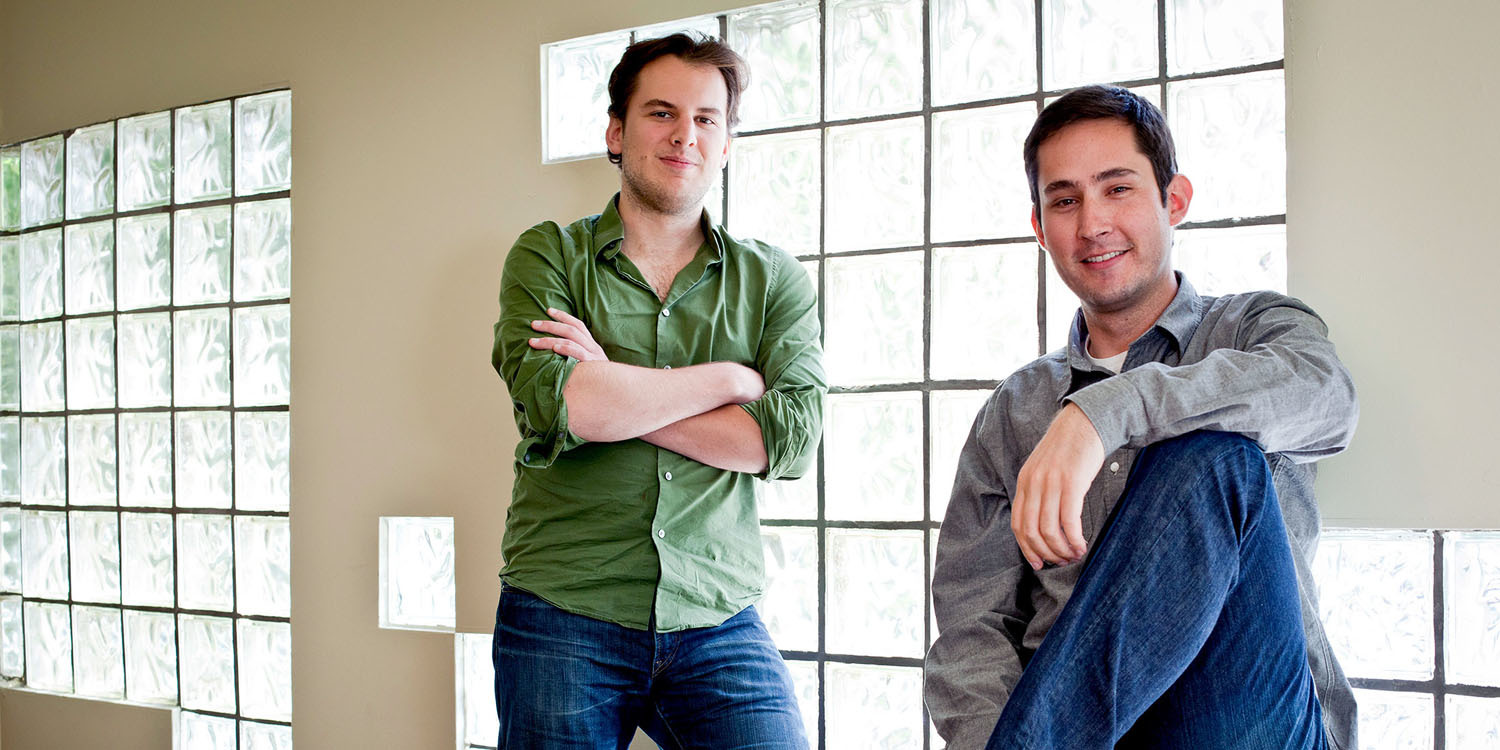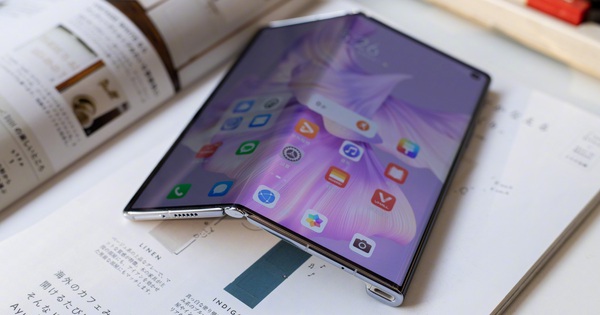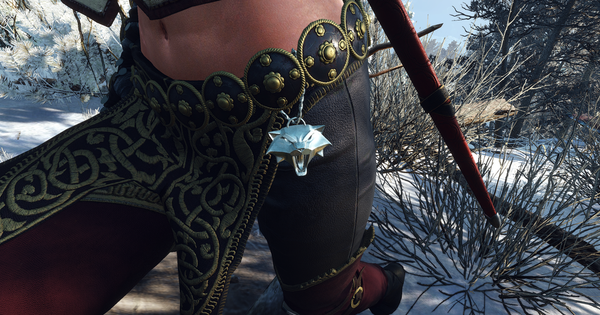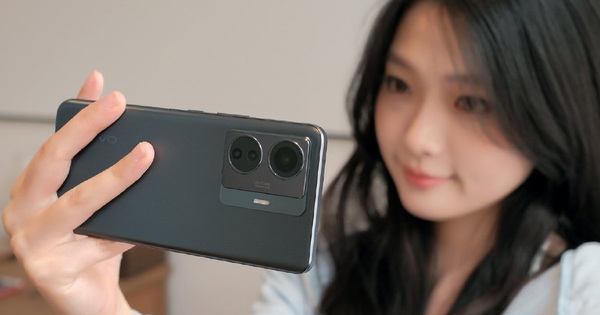Instagram ‘fairy tale’ in Silicon Valley
The rapid boom of Instagram is likened to a fairy tale in Silicon Valley, as the company achieved rapid success. But, like other fairy tales, Instagram’s journey has also experienced many ups and downs.
From zero to 1 billion USD
In 2009, Stanford alumnus Kevin Systrom was working at travel recommendation startup Nextstop. Previously, he worked for Google and interned at Odeo (the predecessor of Twitter). With no formal training in computer science, Systrom tinkered with himself in the evenings and weekends. He eventually developed an application prototype called Burbn. Burbn allows people to “check-in”, post plans and share photos. At the time, location-based check-in apps were popular, while Burbn’s photo-sharing feature proved unique.
Systrom’s turning point came in March 2010 when he joined the startup Hunch party in Silicon Valley. There, he met two venture capitalists from Baseline Ventures and Andreessen Horowitz and presented his idea. They decided to meet to discuss further. After the first meeting, Systrom decided to quit his job to focus on Burbn. Within two weeks, he raised half a million USD in a seed round from Baseline Ventures and Andreessen Horowitz.

Instagram founders Kevin Systrom (right) and Mike Krieger
The money helped Systrom build a team, in which, the first person to join was Mike Krieger. Also a Stanford alum, Krieger worked as an engineer and user experience designer at the social network Meebo. The two knew each other when they were in the same school. Very quickly, the two re-evaluated Burbn and realized that there was only one thing to focus on: cell phone photos. They thoroughly researched the leading applications of photography at the time. With Krieger and Systrom, Hipstamatic stands out the most because many people love it and possess attractive features. Systrom and Krieger see the potential of a hybrid app between Hipstamatic and Facebook.
They decided to streamline Burbn, just around photos, comments and the “like” feature. Burbn changed its name to Instagram, emphasizing the photo-sharing experience. They wanted the app to be as minimal as possible and have only a few features. After 8 weeks of calibration, they gave it to friends to try and evaluate. After fixing a few errors, they put it on the App Store market.
Instagram officially launched on October 6, 2010 on iOS and attracted 25,000 people on the first day. By the end of the first week, the app had 100,000 downloads. By mid-December, the number of users hit the 1 million mark. The timing of Instagram couldn’t be more perfect when the iPhone 4 with its advanced camera was just released a few months ago.
Seeing the strong increase in the user base, investors began to pay attention to Instagram. In February 2011, Instagram raised 7 million USD in a Serie A funding round. In addition, the startup also received the attention of major social networks such as Twitter, Facebook. Twitter is said to bid 500 million USD with Instagram but failed.
In March 2012, Instagram reached approximately 27 million users. In April 2012, the application was available on Android and was downloaded nearly 1 million times in just one day. At that time, the company was about to close a new round of funding, raising its valuation to $500 million. Systrom and Facebook CEO Mark Zuckerberg met through events at Stanford and have remained in touch since Instagram’s successful early days.
In April 2012, Facebook offered to buy Instagram for $ 1 billion, with the important clause allowing them to operate independently. Just before the IPO, Zuckerberg’s company bought Instagram. That December, Instagram had its first trouble updating its terms of service. Accordingly, Instagram reserves the right to sell users’ photos to third parties without notice or compensation. The move was immediately criticized by users and privacy campaigners. Instagram had to make concessions when it revoked the controversial provision.
Money printing machine
When Facebook acquired Instagram, many investors had to “wrinkle their eyebrows”. After all, Instagram is still not making money and has been in business for less than 2 years. However, Facebook has proven its old age when 7 years later, Instagram has brought in $ 20 billion in advertising revenue, accounting for more than a quarter of Facebook’s revenue. Google revealed that YouTube contributed $15.1 billion in ad revenue during the same period. Thus, Instagram is bigger than YouTube, the platform was born 5 years ago.
According to research firm eMarketer, the app currently has more than 1 billion users. According to financial news agency Bloomberg, Instagram’s value is about 100 billion USD in 2018. In other words, Facebook has bought a “bargain”.
Nearly a decade ago, Instagram was just a simple photo and video sharing application. But now, advertising on Instagram is increasingly sophisticated. For example, advertisers can display slideshows and links to websites outside of Instagram. Thanks to Facebook’s backing, Instagram’s advertising power far exceeds many other competitors and captures a large market share. As the computing trend shifts from computers to phones, especially among young users, Instagram has countless advantages to dominate the market.
In turn, Instagram has grown increasingly dependent on Facebook, to the point where founders Kevin Systrom and Mike Krieger resigned in 2018 in protest. Instagram no longer “pretends” they are part of Facebook. As a result, Instagram increasingly resembles an e-commerce site like eBay or Amazon.
In 2019, Instagram introduced in-app purchases, allowing users to make purchases without leaving the page. When the Covid-19 epidemic started, the “transformation” became more obvious and accelerated. That may be a plus for Instagram’s monetization but not for the content. Instagram risks becoming an endless online shopping mall where customers are also sellers. The downside is that the images on the app are increasingly similar, cliché and bland.
Despite adding many new functions, Instagram no longer follows the original path that the founders wanted. From just a place to share private photos, Instagram has become a “grocery store”, a place to launch campaigns and events in real life. Like Facebook, they face new problems such as fake news, censorship, governance accountability. Along with that is the battle for young users with rivals like Snapchat, TikTok. In fact, Instagram has “learned” and copied the features of its rival to Instagram Stories, Instagram Reels.
Born with a simple mission to help people capture moments and change the way the world communicates and shares, Instagram today is no longer a small photo sharing application but a media empire. great. Either way, Instagram will continue to grow into the future, playing an important role in our lives for a long time to come.
at Blogtuan.info – Source: genk.vn – Read the original article here


